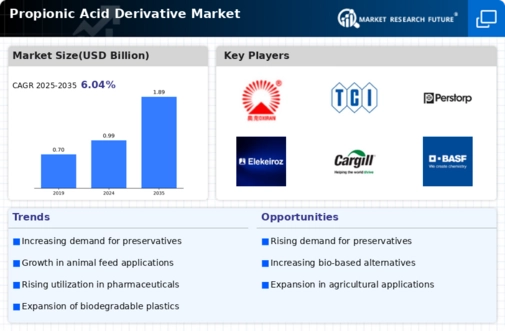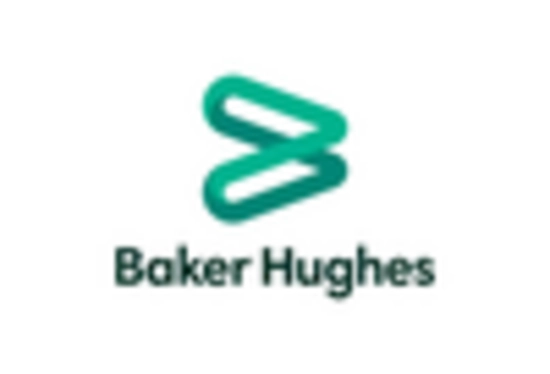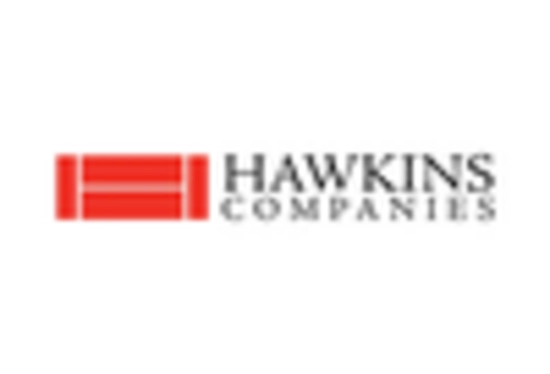Rising Awareness of Food Safety
The Propionic Acid Derivative Market is benefiting from a heightened awareness of food safety among consumers and regulatory bodies. As foodborne illnesses continue to pose health risks, the demand for effective preservatives is on the rise. Propionic acid derivatives are recognized for their ability to inhibit mold and bacterial growth in various food products. The food preservation market is expected to grow at a rate of approximately 4% annually, driven by consumer preferences for safer and longer-lasting food options. This trend is likely to enhance the role of propionic acid derivatives in the food industry, thereby propelling the Propionic Acid Derivative Market forward.
Growth in Bioplastics Production
The Propionic Acid Derivative Market is poised to benefit from the increasing focus on sustainable materials, particularly in the bioplastics sector. Propionic acid derivatives are utilized in the production of biodegradable plastics, which are gaining traction as alternatives to conventional plastics. The bioplastics market is projected to reach a value of around 20 billion USD by 2025, driven by environmental concerns and regulatory pressures. As manufacturers seek to develop eco-friendly products, the demand for propionic acid derivatives is likely to rise, thereby fostering growth within the Propionic Acid Derivative Market.
Increasing Demand for Animal Feed
The Propionic Acid Derivative Market is experiencing a notable surge in demand for animal feed additives. Propionic acid derivatives are utilized as preservatives in animal feed, enhancing shelf life and preventing mold growth. This is particularly relevant in regions with high livestock production, where feed quality is paramount. The market for animal feed additives is projected to grow at a compound annual growth rate of approximately 5.5% over the next few years. As livestock producers seek to improve feed efficiency and animal health, the adoption of propionic acid derivatives is likely to increase, thereby driving growth in the Propionic Acid Derivative Market.
Technological Innovations in Synthesis
The Propionic Acid Derivative Market is experiencing advancements in production technologies, which are enhancing the efficiency and cost-effectiveness of propionic acid derivatives synthesis. Innovations such as biotechnological methods and improved catalytic processes are being adopted, leading to higher yields and reduced environmental impact. The market for propionic acid derivatives is expected to grow as these technologies become more prevalent, potentially increasing production capacity by 15% over the next few years. This technological evolution is likely to play a crucial role in shaping the future of the Propionic Acid Derivative Market, making it more competitive and sustainable.
Expansion of Pharmaceutical Applications
The Propionic Acid Derivative Market is witnessing an expansion in pharmaceutical applications, particularly in the production of various medications and therapeutic agents. Propionic acid derivatives serve as intermediates in the synthesis of non-steroidal anti-inflammatory drugs (NSAIDs) and other pharmaceuticals. The pharmaceutical sector is projected to grow significantly, with an estimated market value reaching over 1.5 trillion USD by 2025. This growth is likely to bolster the demand for propionic acid derivatives, as pharmaceutical companies increasingly rely on these compounds for their efficacy and stability, thus contributing to the overall expansion of the Propionic Acid Derivative Market.


















Leave a Comment